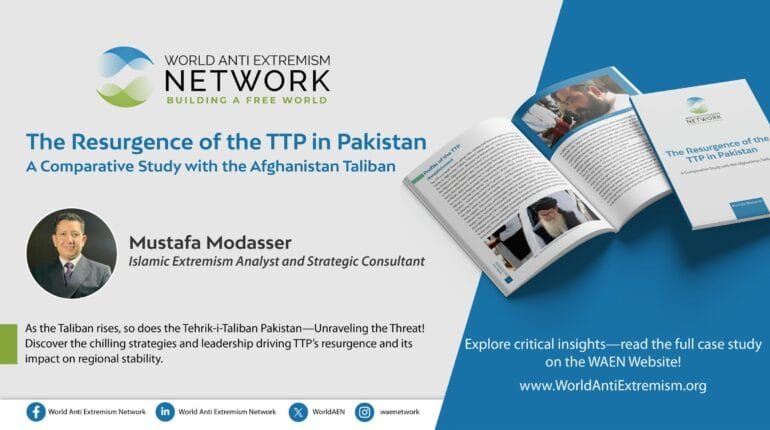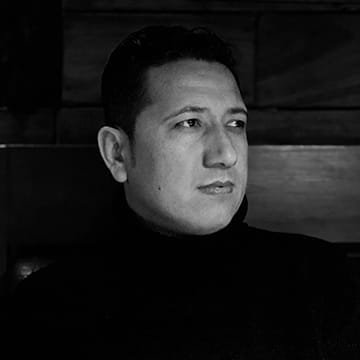
While claiming to establish an Islamic caliphate and taking the responsibility for terrorist attacks, the true mission of Tehrik e Taliban Pakistan has become obscured, transforming the group into a source of fear across the region.
In a comprehensive case study authored by Mustafa Modasser, the alarming resurgence of the TTP is meticulously analyzed, particularly following the Taliban’s victory in Afghanistan in 2021. This study outlines how the TTP has enhanced its operational capabilities, resulting in a significant increase in coordinated attacks throughout Pakistan. Curious about the factors behind the TTP’s rise and its evolving nature? What complexities arise from its organizational changes, and how does this impact regional security? The study delves into critical aspects that shed light on the TTP’s methods and strategies, raising vital questions about its future threats.
Join us in examining this essential analysis that deepens our understanding of the TTP’s evolving threat and its implications for security in Pakistan and the broader South Asian region and learn some policy recommendations to achieve a breakthrough against this form of terrorism.
About the author

Mustafa Modasser holds Master’s degree in International Relations, specializing in the study of Islamic extremist groups. With nearly a decade of experience, his focus has been on analyzing Islamic groups, particularly those in South Asia, including the Afghanistan Taliban and the Tehrik-i-Taliban Pakistan. Previously, he served as a Senior Research Assistant at the Center for Strategic Studies within the Ministry of Foreign Affairs of Afghanistan for over a year. Following that, he worked as a Strategic Communication Consultant for the Ministry of Education of Afghanistan, while also teaching South Asian studies at the university level.
Since the Taliban seized power in Afghanistan, he has been actively involved in analyzing and contributing to Persian-language media outlets such as Afghanistan International, BBC Farsi, and Hasht-e Subh Daily. His commitment to understanding and addressing the complexities of Islamic extremism remains steadfast, as he continues to contribute valuable insights and research in this vital area of study.

